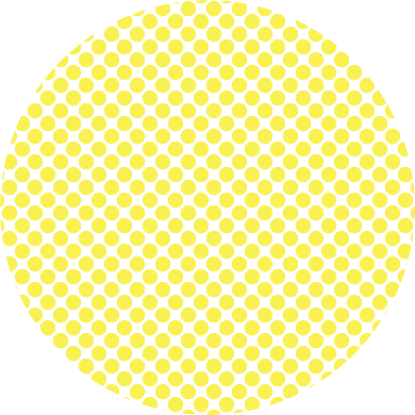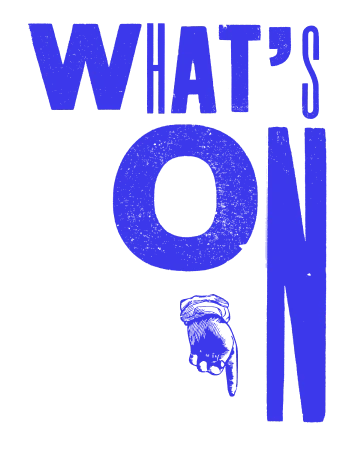What’s On
What there is to see and do at the National Print Museum





Upcoming Events
What there is to see and do at the National Print Museum
Filter by category
What there is to see and do at the National Print Museum





What there is to see and do at the National Print Museum
Filter by category